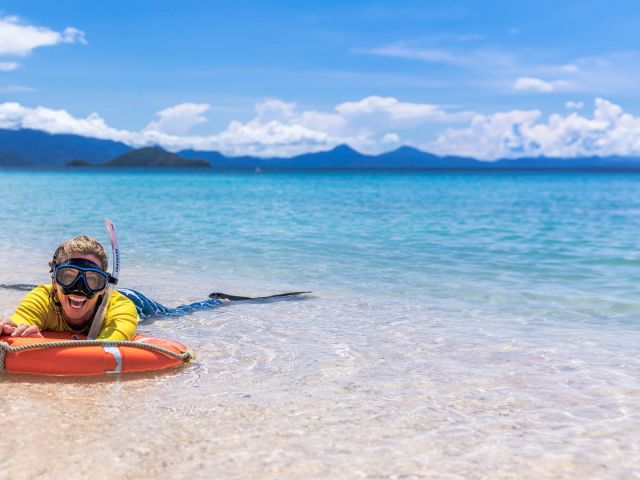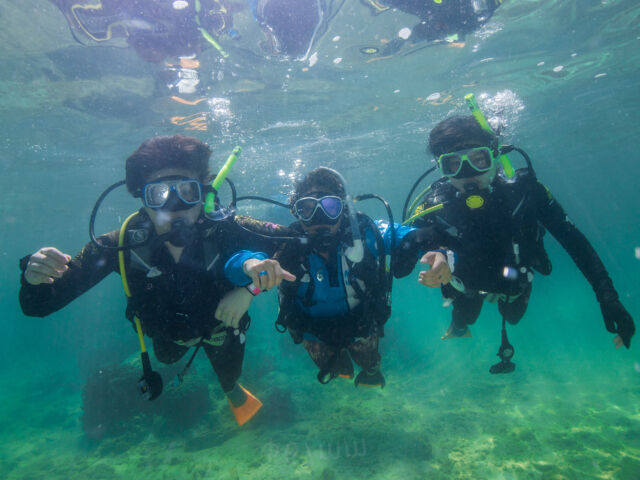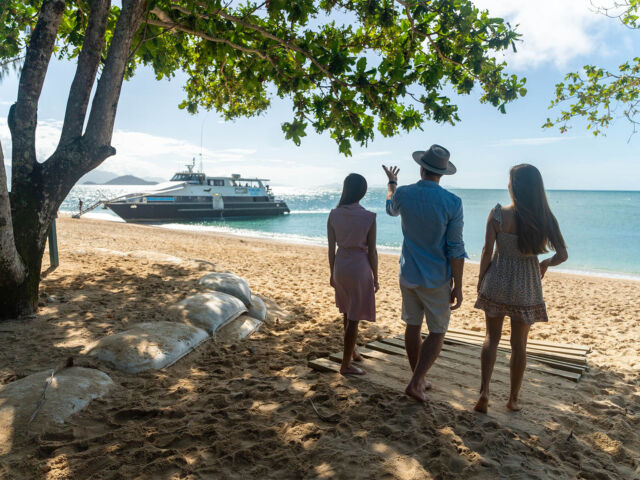Great Barrier Reef Weather: When is the best time to visit Cairns?
Australia’s Great Barrier Reef (GBR), the natural wonder down under, has captivated the hearts of travellers and marine enthusiasts alike for many years. It’s home to an incredible diversity of marine life year-round, and with seasonal visitors like whales and manta rays, there’s a benefit to knowing when to plan your visit.
The GBR boasts a tropical climate, making it the perfect year-round destination for those seeking sun, sea, and adventure 365 days a year! However, its weather can be broadly divided into two seasons: the wet season (Summer to Autumn, November to April) and the dry season (Winter to Spring, May to October).
Whether you’re an avid diver, a snorkelling enthusiast, or simply a nature lover, the different seasons and weather patterns of the Great Barrier Reef offer unique opportunities to experience the wonders of the underwater world and leave you with memories that will last a lifetime.
Wet Season (November to April)
During the wet season, the weather around Tropical North Queensland is characterized by higher temperatures and humidity. The frequent rainfall has the benefit of rejuvenating the lush Wet Tropics of Queensland and can be a refreshing break from the high temperatures. One of the benefits of visiting Cairns and the GBR during the wet season is that it is considered the low season for the region, meaning fewer crowds and off-peak pricing for accommodation.
While underwater visibility can at times be reduced due to runoff from heavy rains, visiting during the wet season does offer the benefit of being able to witness unique natural phenomena like the annual coral spawning on the Great Barrier Reef (usually around November/December depending on water temperatures and lunar cycles). Another natural phenomenon that is unique to the wet season is turtle hatching. Although none of the islands within the Frankland Group are known turtle nesting sites, there are many local providers that operate turtle hatching tours from Cairns.
One other factor to consider when choosing which season to visit is the ‘stinger season’. Irukandji and the Box Jellyfish are known to visit the shores and seas around Queensland during the wet season, however, Frankland Islands Reef Cruises provides all guests with stinger wet suits to wear during this season that protect guests against potential jellyfish stings. Also, visiting during this time is a great opportunity to see juvenile fish that have recently hatched.
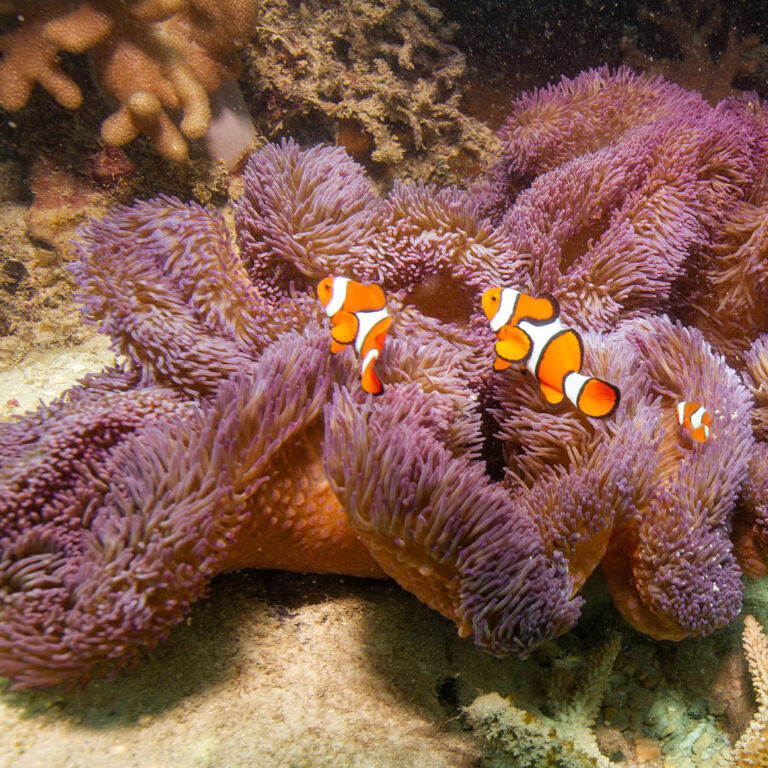
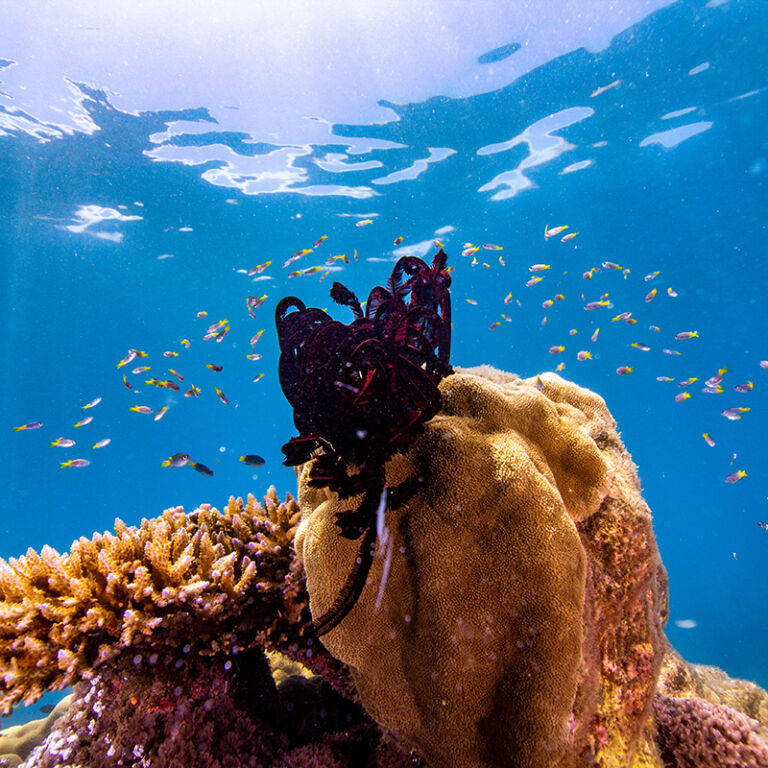
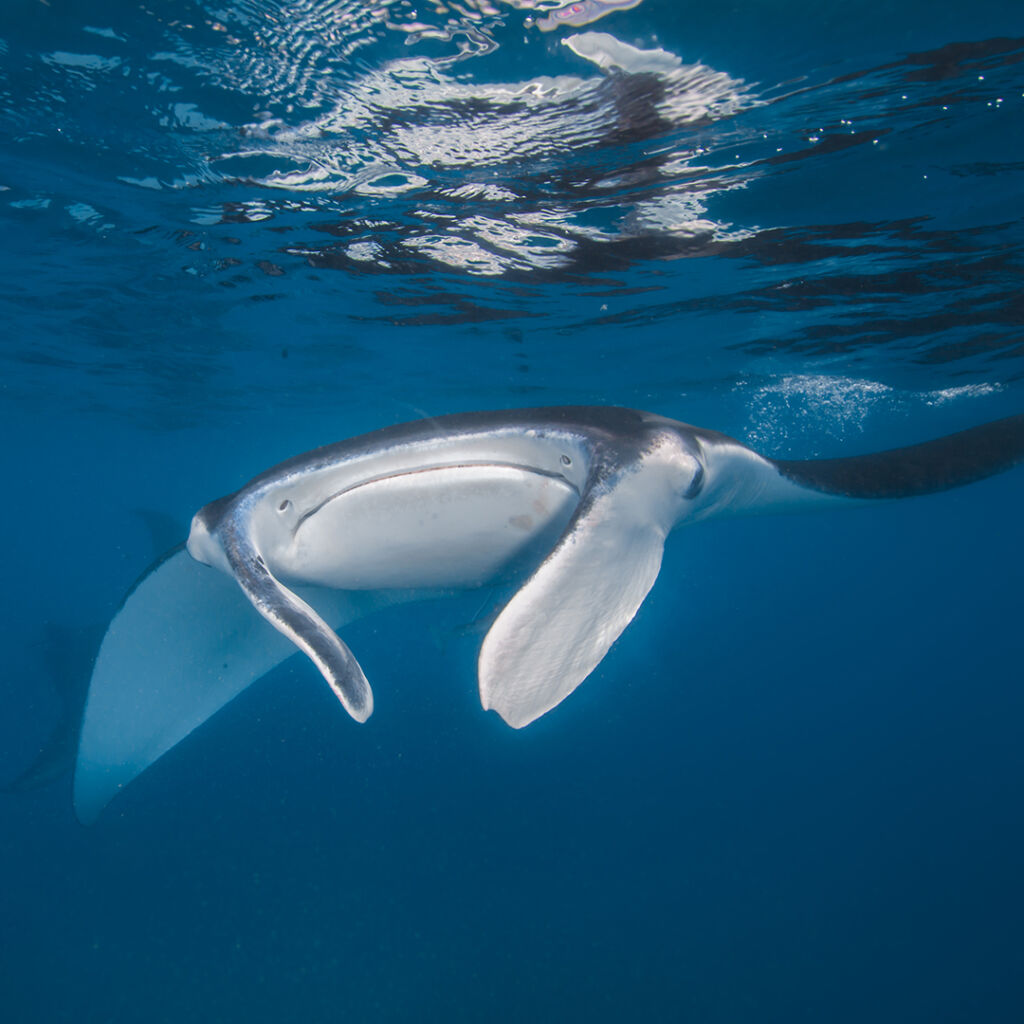
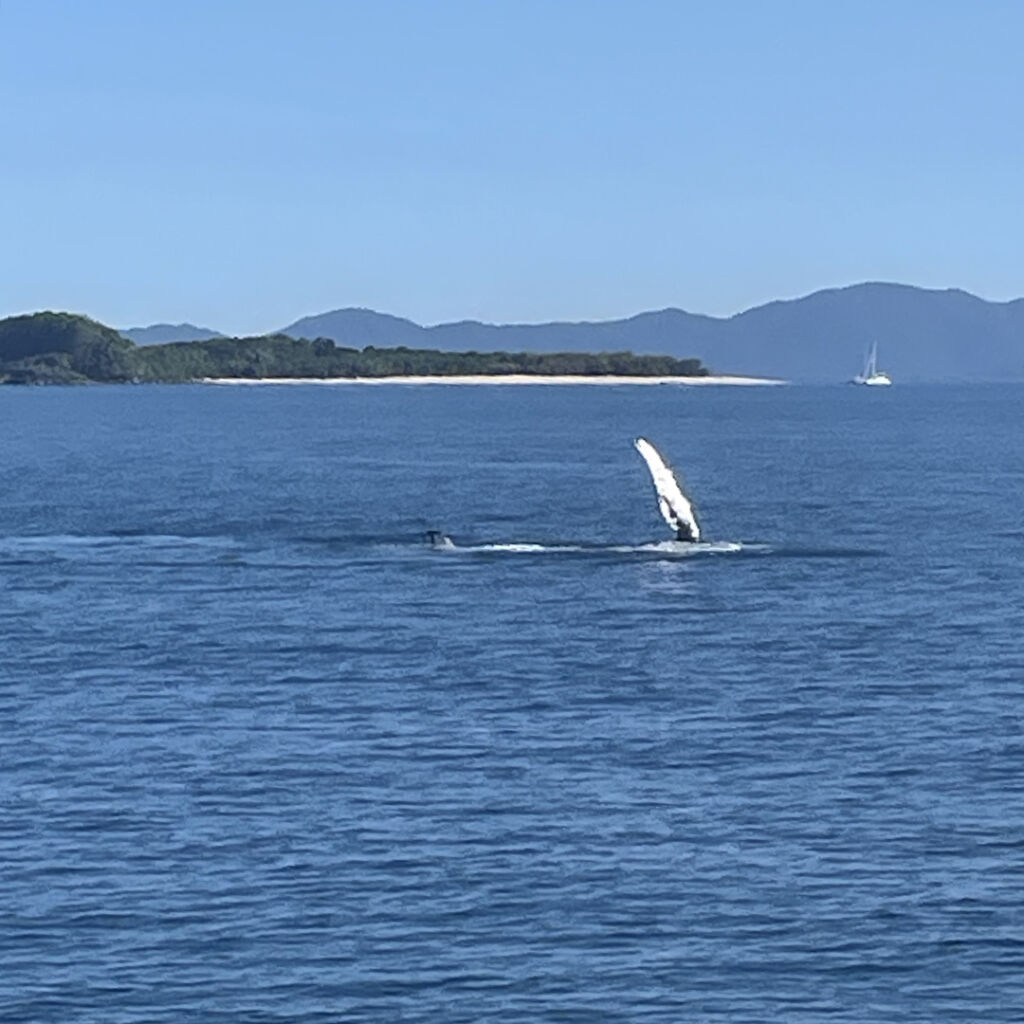
Dry Season (May to October)
Unlike most places around the world, winter in Tropical North Queensland is the peak season for visitors, thanks to its pleasant weather conditions. Clear skies, calm seas, and comfortable temperatures make it ideal for snorkelling, diving, and other water activities. However, these agreeable conditions mean the dry season is also the busiest season, and peak season pricing will be a consideration when booking accommodation and additional activities in Cairns.
During this season, the water visibility is at its best, allowing for breathtaking underwater encounters with marine life, including seasonal visitors like Manta Rays and Humpback Whales. The combination of ideal weather conditions and the presence of majestic manta rays creates an experience that is truly magical.
Manta Season at Frankland Islands
Manta Rays, with their graceful wing-like fins and mesmerizing movements, are the stars of the show during the dry season. These gentle giants visit the GBR between April to June to feed on plankton and to be cleaned by cleaner fish at cleaning stations on the reef. The waters around Frankland Islands are a known hotspot for manta ray encounters during this season and certainly are an exciting highlight for those who can spot one or two during a day trip.
Humpback Whales
While the manta rays tend to steal the spotlight, Frankland Islands Reef Cruises are also lucky to be able to spot the occasional Humpback Whale in the waters surrounding the Frankland Islands during the months of July to September. These whales migrate to the tropical waters around the GBR to breed and give birth to their young during the dry season, and the crew aboard Turtle Islander is always happy to make a detour during the open water crossing to give customers an up-close encounter with these gentle giants.
Frankland Islands Reef Cruises offers all-year-round day tours to the Frankland Islands, located in the northern Great Barrier Reef. The islands are known for their pristine beaches, crystal-clear waters, and abundant marine life, including seasonal visits from manta rays. The Frankland Islands are a beautiful part of the Great Barrier Reef, and the manta rays are just one of the many amazing creatures that you might see during your visit.
So, pack your bags, put on your snorkel mask, and dive into this natural wonder down under – your Frankland Islands Reef Cruise awaits!
Read more about Frankland Islands
Discover Cairns’ top swimming beaches, from family-friendly spots with stinger nets to secluded gems like the Frankland Islands. This guide showcases the top places to swim and enjoy Far North Queensland’s tropical beauty.
Are you ready to take your first breaths underwater? The crew of Frankland Islands Reef Cruises are here to make your Introductory Dive dreams happen!
If you want to get off the ‘tourist trail’ and enjoy a unique Great Barrier Reef island experience, consider visiting the Frankland Islands!


